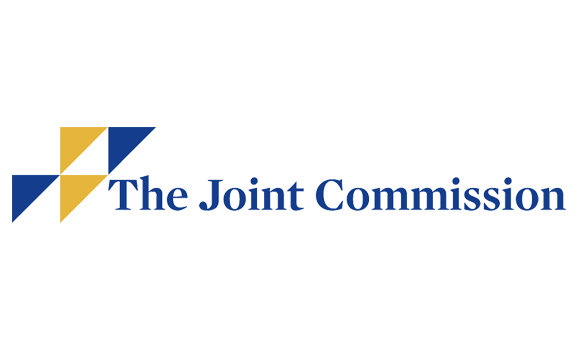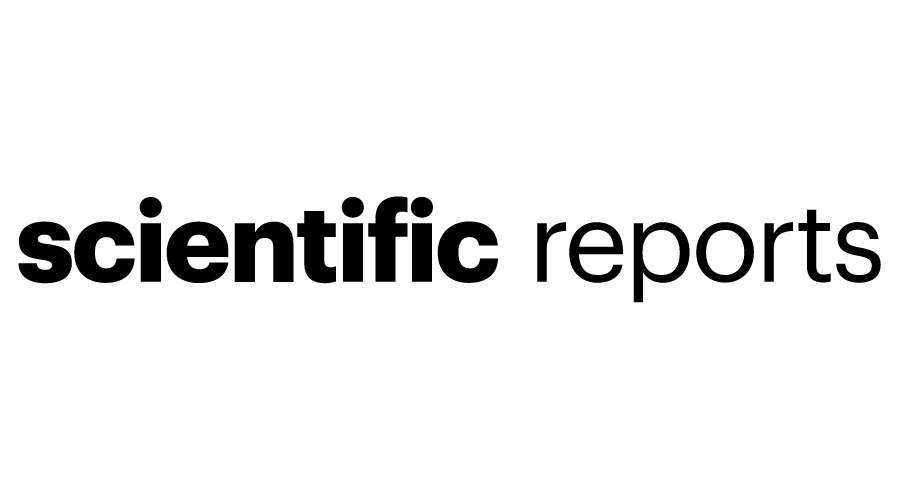Navigating difficult conversations as a perioperative leader

Perioperative leaders navigate some of the most challenging dynamics in healthcare. The precision required in the OR coupled with multidisciplinary teams and diverse personalities often lead to missteps or misunderstandings that can quickly brew into conflict. Effective communication is essential, particularly when addressing behavior, managing team dynamics, or delivering difficult…
Five leadership lessons from an ASC CEO

Editor's Note Neeraja Kikkeri, DDS, CEO of North Texas Team Care Surgery Center, drew on her unique perspective as a mother of five to guide her leadership in the demanding field of ambulatory surgery center (ASC) management. On November 14, she shared with D Magazine five strategies for fostering a…
AHA's Congressional "wish list" calls for financial relief, patient access, workforce protections

Editor's Note In a November 12 letter to Congress, the American Hospital Association (AHA) outlined its priorities for the lame-duck legislative session, focusing on measures to stabilize hospitals and health systems facing significant financial and operational pressures. If enacted, these recommendations would support the nation’s healthcare infrastructure amid rising…
On-demand staffing reduces costs, boosts efficiency

For many healthcare facilities, operational costs are steadily rising, and no clearcut solution is in sight. However, some hospital systems are gradually reclaiming control over their budgets by finding ways to stabilize their finances and improve workforce morale. During the pandemic, many hospitals turned to short-term contract labor as a…
Traveler tightrope: OR leaders balance best practices, reduction strategies

Takeaways Providers are generally seeking to reduce use of travelers through strategies such as float pools, training programs, and cultural reforms. However, travelers remain useful as a bridge to permanent staff and for difficult-to-fill positions. Best practices for selection, onboarding, team integration, and performance evaluation are essential for maximizing return…
Joint Commission safety center offers resources for violence prevention, well-being

Editor's Note The Joint Commission’s new Workforce Safety and Well-Being Resource Center is designed to support healthcare organizations in addressing challenges with workplace violence, burnout, and exposure to hazards. Workplace violence is a growing issue in healthcare, negatively affecting morale, staff turnover, productivity, and patient care, according to the July…
Study: Ergonomic guidelines needed for trainees assisting in minimally invasive procedures

Editor's Note A prospective cohort study among general surgery residents in Singapore highlighted the need for ergonomic improvements and education for surgical trainees during minimally invasive abdominal surgery. Published May 31 in Scientific Reports, the study was limited by a small sample size and variability in respondent characteristics and practices.…
Why developing employees is a key competency for new managers

Takeaways Meeting people where they are is a basic principle of staff development. Coaching and mentoring are fundamental to employee development, but new managers should understand the difference. Resources for staff development include education, certification, clinical ladders, committee work, and professional networking. Transitioning to leadership involves many competing pressures, but…
Mayo Clinic evaluates impact of OR design on team performance, efficiency

Editor's Note Designing ORs with a focus on patient flow, room organization, and the needs of surgical teams can reduce burnout while improving workplace positivity and patient outcomes. That’s according to an April 9 report from Mayo Clinic, where researchers recently integrated 3D space capture technology with traditional focus groups…
Managing challenging employees: When to let go

TAKEAWAYS • HR should be involved early in the disciplinary process to help guide OR leaders’ decision-making throughout disciplinary and/or remediatoin processes. • Timing, privacy, opportunities for employee feedback, and an empathetic approach are among the most important considerations for a final termination meeting. • Whatever the process for communicating…

 Free Daily News
Free Daily News